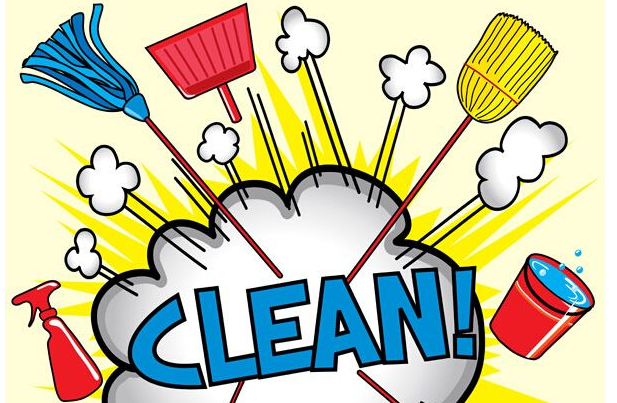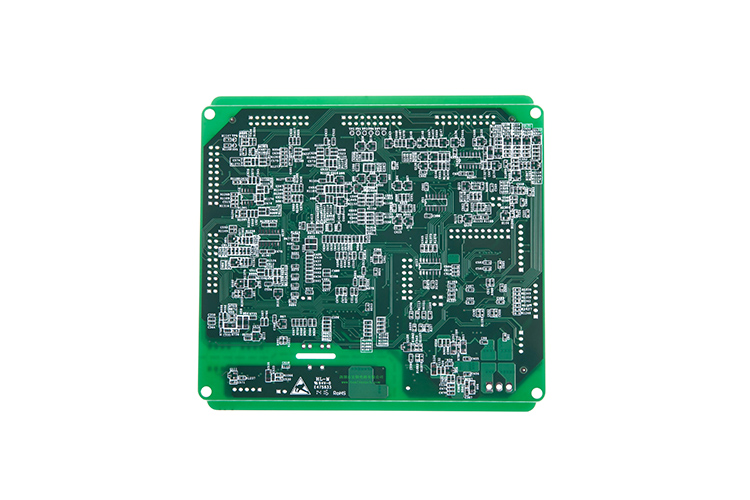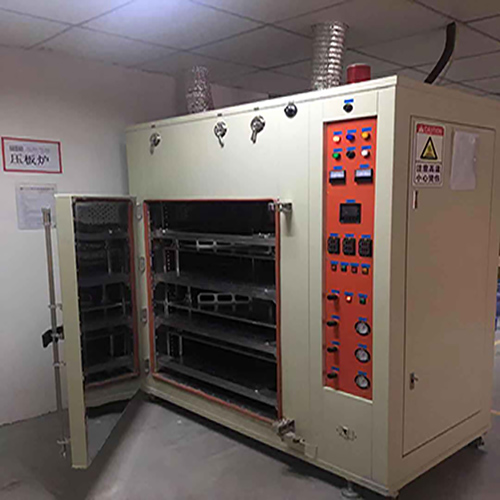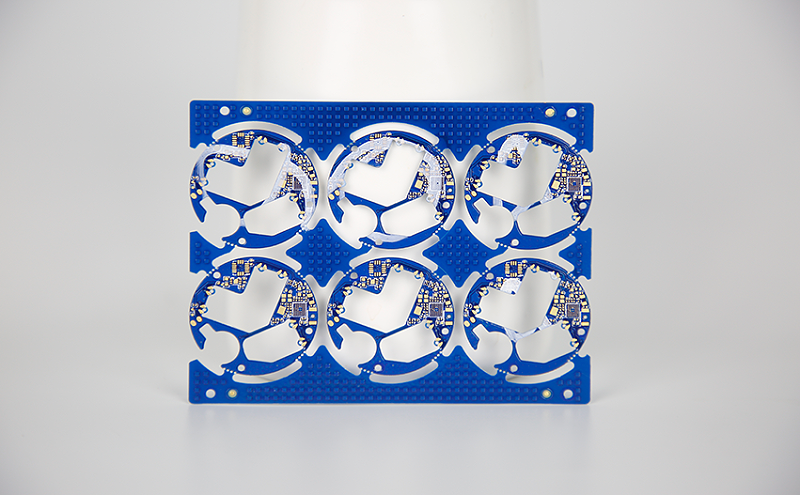
Several opinions about poor tin on the tin surface of circuit boards—Honglian Circuit Technology Dep
Time:2021-01-15Views:10The main factors that cause poor soldering in circuit board factories are from both the circuit board factory and the placement factory.
1. The tin surface quality defect of the circuit board factory
So what are the factors that cause the tin surface to be bad? According to the analysis of the editor, there are the following points
1. The operation was not in accordance with the operating specifications when shipped
The circuit industry has extremely strict requirements on the workshop environment and the standard operation of employees, especially the chemical reaction environment is required in the circuit board production process, so no impurities are allowed to penetrate. After the board spraying process is completed, the subsequent one The series requires employees to wear anti-static gloves to operate, because finger sweat or stains directly touch the surface, which will cause surface oxidation. If it causes defects, it is extremely difficult to find, and it is irregular, and it is difficult to show it in testing and tinning experiments.

2. The tin furnace for spraying tin is not cleaned up on time
The on-time maintenance of the tin furnace is very important, because the tin spraying is a vertical cycle process. The circuit board surface will be under strong pressure. For those boards whose solder mask is not fully dried and the characters are not strong, impact will occur, causing them to fall off and deposit in the furnace. , After high temperature evaporation, if it is not cleaned for too long, it will cause surface adhesion.

3. The source of tin for incoming materials
For material procurement, some circuit board factories blindly seek to reduce costs. When using tin-sprayed raw tin, the procurement industry recycles tin, or sources of unstable content, generally circuit board factories with extremely low unit prices may have such a risk. , I suggest you choose suppliers carefully.

4. Storage environment and transportation
This is the link between the circuit board factory and the placement factory. Generally, circuit boards are rarely in stock, but the general inventory requires the storage environment to be dry and humid, and the packaging is complete. During transportation, it is required to be handled with care and no vacuum is allowed. The packaging is damaged and stored for a long time. The theoretical storage time of the tin-sprayed board is 8 months in vacuum packaging, but the best soldering time is within 48 hours. If the storage time exceeds 8 months, it is recommended to return to the circuit board factory to clean up and use special chemicals. Baking board. Baking parameters 150°, 1 hour.

2. Quality problems during soldering in SMT factory
From the point of view of the placement factory, if there is no problem with the incoming material, it may cause problems by itself.
1. The solderability of circuit board holes and solder joints affects soldering quality
The poor solderability of the circuit board hole and the board will result in false soldering and false soldering, which will affect the unstable operation of the components in the circuit, resulting in poor conduction of the surface components and inner wires of the multilayer board, causing the machine to fail or sometimes improve Time is bad.
The so-called solderability is the property that the metal surface is wetted by molten solder, that is, a relatively uniform continuous smooth adhesion film is formed on the metal surface where the solder is located.
The main factors affecting the solderability of printed circuit boards are:
(1) The composition of the solder and the nature of the solder. Solder is an important part of the welding chemical treatment process. It is composed of chemical materials containing flux. Commonly used low melting point eutectic metals are Sn-Pb or Sn-Pb-Ag. The impurity content must be controlled by a certain proportion , To prevent the oxide generated by impurities from being dissolved by the flux. The function of the flux is to help the solder wetting the circuit surface of the soldered board by transferring heat and removing rust. White rosin and isopropanol solvents are generally used.
(2) The welding temperature and the cleanliness of the metal plate surface also affect the weldability. If the temperature is too high, the solder diffusion speed will increase. At this time, it will have a high activity, which will cause the circuit board and the molten surface of the solder to oxidize rapidly, resulting in soldering defects. Contamination of the circuit board surface will also affect the solderability and cause defects. These defects Including tin beads, tin balls, open circuits, poor gloss, etc.
2. Welding defects caused by warpage
Circuit boards and components warp during the welding process, and defects such as virtual welding and short circuit due to stress deformation. Warpage is often caused by temperature imbalance between the upper and lower parts of the circuit board. For large PCBs, warping will also occur due to the drop of the board's own weight. The ordinary PBGA device is about 0.5mm away from the printed circuit board. If the device on the circuit board is large, the solder joint will be under stress for a long time as the circuit board cools down and the solder joint will be under stress. If the device is raised by 0.1mm, it will be enough to cause For special products, you can require the yin and yang jointing of the circuit board factory to reduce warpage, or adopt the appropriate size of the imposition as much as possible, and it should not be too large or too small.

3. The design of the circuit board affects the welding quality
In terms of layout, when the circuit board size is too large, although the soldering is easier to control, the printed lines are long, the impedance increases, the anti-noise ability is reduced, and the cost increases; Mutual interference, such as electromagnetic interference of circuit boards. Therefore, the PCB board design must be optimized:
(1) Shorten the wiring between high-frequency components and reduce EMI interference.
(2) Components with heavy weight (such as more than 20g) should be fixed with brackets and then welded.
(3) Heat dissipation issues should be considered for heating elements to prevent defects and rework caused by large ΔT on the surface of the elements, and heat sensitive elements should be kept away from heat sources.
(4) The arrangement of components should be as parallel as possible, so that it is not only beautiful but also easy to weld, and is suitable for mass production. The circuit board is best designed as a 4:3 rectangle. Do not change the wire width to avoid wiring discontinuities. When the circuit board is heated for a long time, the copper foil is easy to expand and fall off. Therefore, avoid using large-area copper foil.
